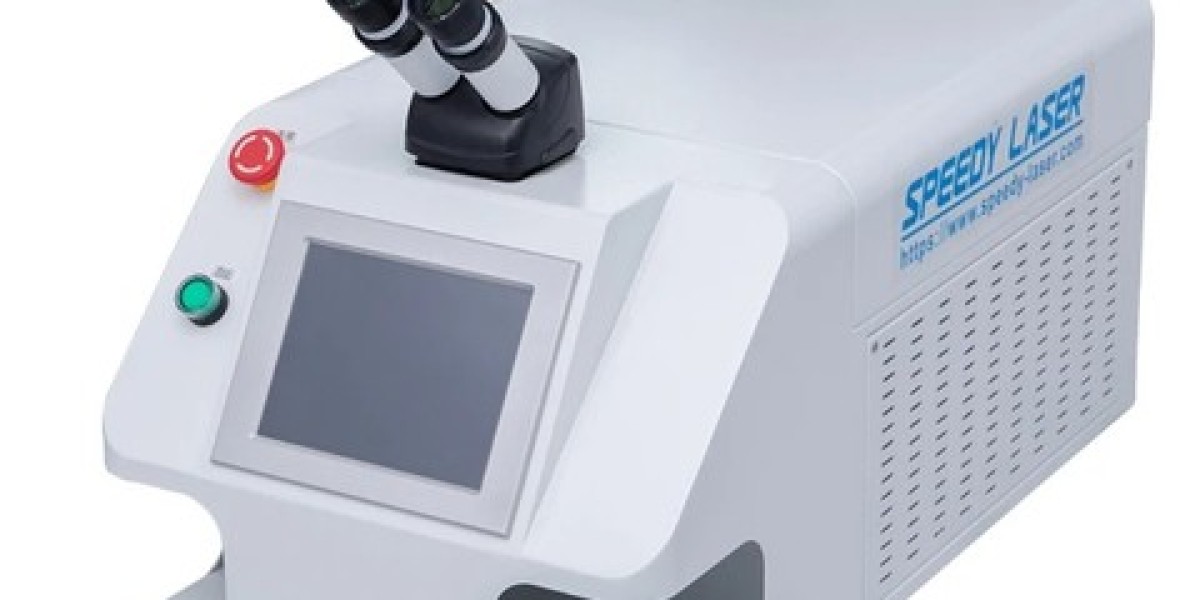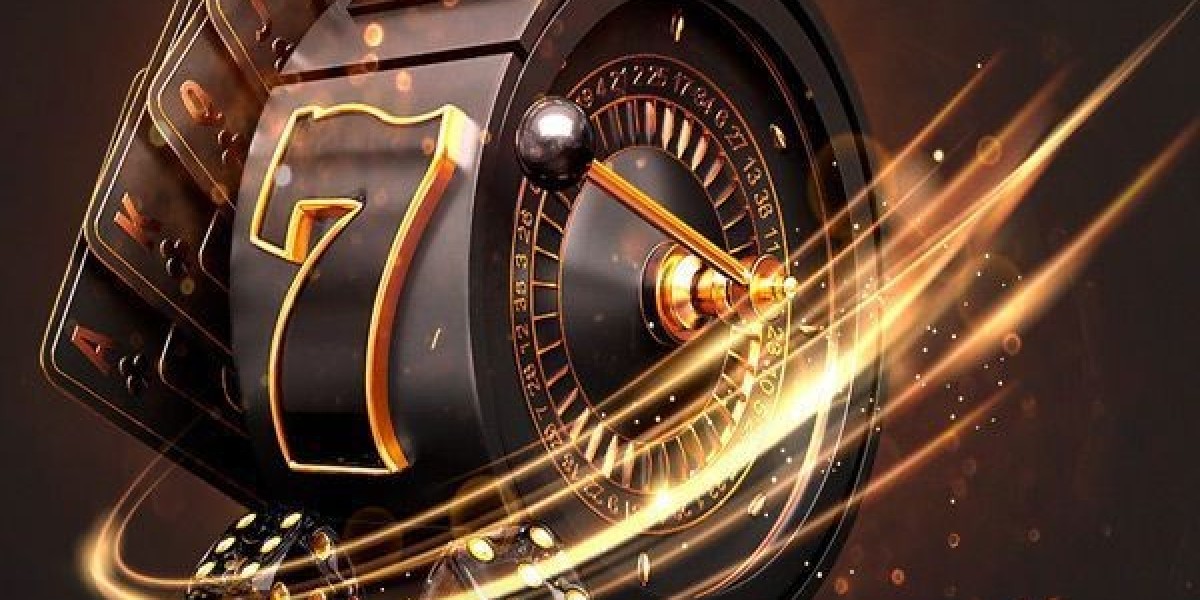Jewelry laser welders have revolutionized the way jewelers work, allowing for precise and intricate repairs and creations. Whether you're a seasoned jeweler or just starting out, mastering the art of using a jewelry laser welder can significantly enhance your craftsmanship. In this guide, we'll delve into everything you need to know about using a jewelry laser welder effectively.
Understanding Jewelry Laser Welding: A jewelry laser welder is a specialized tool that uses concentrated beams of light to join metal parts together without the need for soldering. It provides pinpoint accuracy and minimal heat impact, making it ideal for delicate jewelry repairs, resizing, and intricate designs.
Getting Started:
- Safety First: Before operating the laser welder, ensure you're wearing appropriate safety gear, including protective eyewear designed for laser work.
- Machine Setup: Familiarize yourself with your laser welder's controls, power settings, and focal length adjustments.
- Material Preparation: Clean the jewelry pieces thoroughly to remove any dirt, grease, or oxidation that could interfere with the welding process.
Basic Welding Techniques:
- Tack Welding: Use low power settings to create small welds, aligning the pieces before final welding.
- Spot Welding: Create strong welds by focusing the laser beam on a specific point, joining metal without affecting surrounding areas.
- Seam Welding: For joining larger areas, move the laser beam continuously along the seam with a steady hand motion.
Optimizing Welding Parameters:
- Power Settings: Adjust the power according to the thickness and type of metal being welded. Start with lower power settings for delicate jewelry.
- Pulse Duration: Longer pulses are suitable for deeper penetration, while shorter pulses minimize heat transfer.
- Spot Size: Control the size of the laser spot to match the welding task and the size of the joint.
Advanced Techniques:
- Micro-Welding: Master the art of welding tiny, intricate parts such as prongs, chains, and filigree work.
- Repair Work: Learn how to repair cracks, porosity, and other imperfections without affecting the surrounding metal.
- Stone Setting: Utilize laser welding for secure stone setting without risking damage to heat-sensitive gems.
Tips for Success:
- Practice Patience: Precision comes with practice. Start with simple projects before tackling complex ones.
- Keep it Clean: Ensure your work area, as well as the jewelry pieces, are clean to achieve optimal welds.
- Experiment: Don't hesitate to experiment with different settings and techniques to find what works best for your projects.
Maintenance and Care:
- Regular Maintenance: Follow manufacturer guidelines for cleaning lenses, checking gas levels, and calibrating the machine.
- Keep Optics Clean: Any dirt or residue on the optics can affect the quality of your welds. Clean them regularly.
- Proper Storage: Store the laser welder in a clean, dry environment away from dust and moisture when not in use.
Conclusion: Mastering the use of a jewelry laser welder opens up endless possibilities for creativity and precision in jewelry making and repair. With the right techniques, practice, and attention to detail, you can elevate your craftsmanship to new heights. Take your time to learn and experiment, and soon you'll be creating flawless welds with ease.








